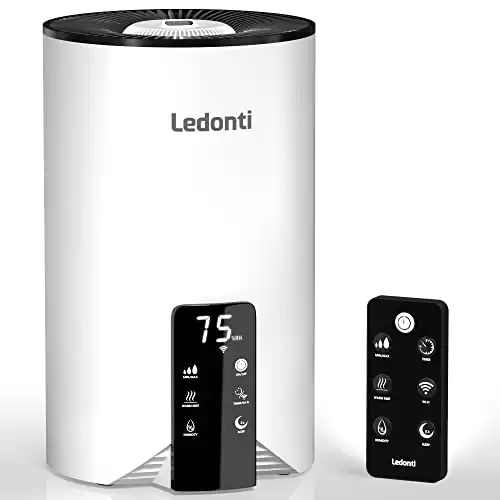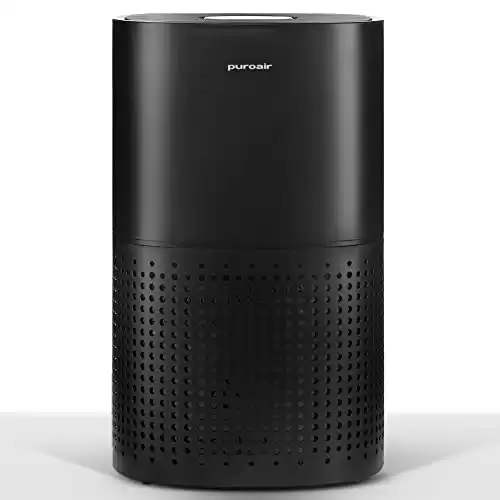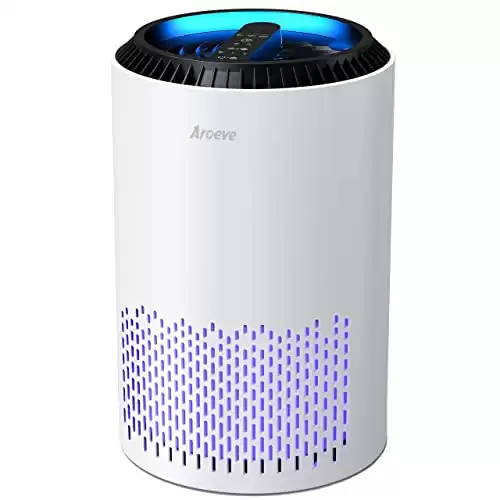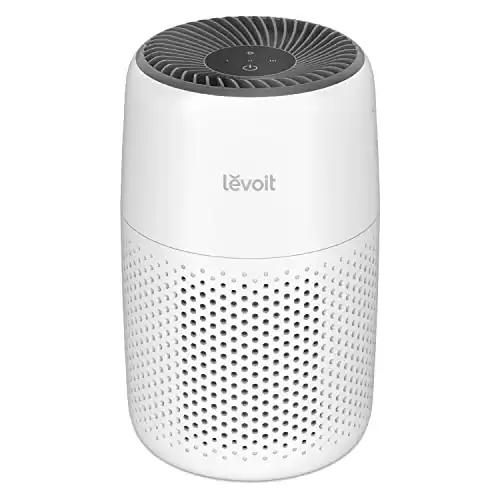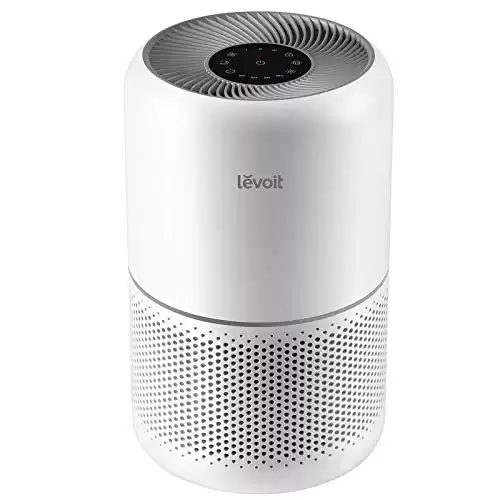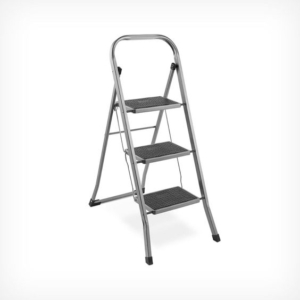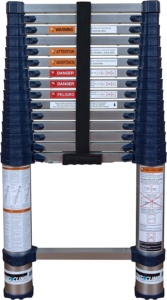Improving Indoor Air Quality: A Guide to
Breathing Clean and Healthy Air
Breathing clean and healthy air is essential for our overall well-being. However, many of us underestimate the importance of indoor air quality and its impact on our health. In this blog, we will explore the significance of indoor air quality, understand common pollutants, and provide strategies to improve the air we breathe.
Understanding Indoor Air Quality
Indoor air quality refers to the condition of the air within buildings and structures. It encompasses various pollutants that can have detrimental effects on our health. Common indoor air pollutants include Volatile Organic Compounds (VOCs), Particulate Matter (PM), Carbon Monoxide (CO), and Radon. These pollutants can originate from household cleaning products, building materials, tobacco smoke, mold, and poor ventilation.
1. Volatile Organic Compounds (VOCs):
Volatile Organic Compounds (VOCs) refer to a diverse group of chemicals that easily evaporate at room temperature. They are emitted by a wide range of sources, including household products, paints, solvents, cleaning agents, pesticides, and industrial processes. VOCs can have both short-term and long-term adverse effects on human health and the environment.
Short-term exposure to high levels of VOCs can lead to symptoms such as eye, nose, and throat irritation, headaches, dizziness, and nausea. Prolonged or repeated exposure to VOCs may cause respiratory issues, damage to the liver, kidneys, or central nervous system, and even increase the risk of certain cancers.
VOCs contribute to the formation of ground-level ozone (smog) and are a major component of indoor air pollution. They can react with nitrogen oxides in the presence of sunlight to form ozone, which can harm respiratory health, especially for individuals with asthma or other respiratory conditions.
2. Particulate Matter (PM):
Particulate Matter (PM) refers to a complex mixture of tiny particles suspended in the air. These particles can vary in size, composition, and origin. PM is categorized based on its diameter, with PM10 (particles with a diameter of 10 micrometers or less) and PM2.5 (particles with a diameter of 2.5 micrometers or less) being the most commonly monitored fractions.
PM can originate from various sources, including combustion processes (such as vehicle emissions, power plants, and wood-burning stoves), industrial activities, construction sites, and natural sources like dust and pollen. PM2.5 is of particular concern due to its smaller size, which allows it to penetrate deep into the respiratory system and enter the bloodstream.
Exposure to PM can have significant health effects, especially for vulnerable populations such as children, the elderly, and individuals with respiratory or cardiovascular conditions. Short-term exposure to high levels of PM can cause irritation of the eyes, nose, and throat, coughing, wheezing, and shortness of breath. Long-term exposure to PM2.5 has been linked to an increased risk of respiratory and cardiovascular diseases, including asthma, bronchitis, heart attacks, and strokes.
3. Carbon Monoxide (CO):
Carbon Monoxide (CO) is a colorless, odorless gas produced by the incomplete combustion of fossil fuels, such as gasoline, natural gas, coal, or wood. Common sources of CO include vehicle exhaust, faulty heating systems, tobacco smoke, and poorly ventilated appliances.
When inhaled, CO binds to hemoglobin in the blood, reducing its ability to carry oxygen. This can lead to oxygen deprivation in vital organs, potentially causing symptoms ranging from headache, dizziness, and nausea to confusion, loss of consciousness, and even death.
Due to its invisible and odorless nature, CO is often referred to as the “silent killer.” It is crucial to have CO detectors in homes and other enclosed spaces to provide early warning in case of a buildup of this poisonous gas.
4. Radon:
Radon is a naturally occurring radioactive gas resulting from uranium and radium’s decay in soil, rock, and water. It can seep into buildings through cracks in foundations, walls, and floors, accumulating in indoor air.
Radon is the second leading cause of lung cancer after smoking and is responsible for a significant number of lung cancer deaths worldwide. When inhaled, the radioactive particles emitted by radon can become trapped in the lungs, damaging lung tissue and increasing cancer risk over time.
The presence of radon can vary depending on geographic location, building construction, and ventilation systems. It is important to test for radon levels in homes and workplaces, and if elevated concentrations are found, mitigation measures such as sealing cracks, improving ventilation, or installing radon mitigation systems can be implemented to reduce exposure.
Assessing Indoor Air Quality
Recognizing the signs and symptoms of poor indoor air quality is crucial. Headaches, fatigue, allergies, and respiratory issues are often indicators. To assess indoor air quality, there are several options available. Air quality monitors can provide real-time information, or you can conduct your own DIY assessments. Alternatively, professional assessments offer a comprehensive analysis.
Strategies for Improving Indoor Air Quality
To enhance indoor air quality, there are several strategies you can implement:
1. Enhancing Ventilation: Proper ventilation is essential to remove pollutants. Natural ventilation through windows and doors, mechanical ventilation systems, and the use of air purifiers and filters can help improve indoor air circulation.
2. Controlling Indoor Pollution Sources: Selecting low-emitting products and materials, maintaining cleanliness, and enforcing smoking restrictions can minimize indoor pollution.
3. Reducing Moisture and Preventing Mold: Moisture can lead to mold growth, which can worsen indoor air quality. Ensure proper humidity control, regularly inspect for leaks, and address mold issues promptly.
4. Creating a Healthy Home Environment: Indoor plants can help purify the air, while reducing clutter and using environmentally friendly cleaning products contribute to a healthier living space.
An air purifier, also known as an air cleaner, is a device designed to improve indoor air quality by removing pollutants and contaminants from the air. It works by drawing in air from the surrounding environment, filtering it through various filtration systems, and then releasing the purified air back into the room.
The main purpose of an air purifier is to eliminate or reduce the concentration of airborne particles and pollutants such as dust, pollen, pet dander, mold spores, smoke, volatile organic compounds (VOCs), and odors. It can also help capture and neutralize bacteria, viruses, and other microorganisms present in the air.
Air purifiers typically employ one or more filtration technologies to trap and remove contaminants. The most common types of filters used in air purifiers include:
1. High-Efficiency Particulate Air (HEPA) Filters: These filters are highly effective at capturing small particles as small as 0.3 micrometers, including allergens and fine dust particles.
2. Activated Carbon Filters: These filters are designed to adsorb and remove odors, smoke, VOCs, and chemicals by trapping them in a porous carbon material.
3. Ultraviolet (UV) Germicidal Irradiation: Some air purifiers incorporate UV lamps that emit ultraviolet light to kill or neutralize airborne bacteria, viruses, and other pathogens.
4. Electrostatic Precipitators: These devices use an electrostatic charge to capture particles and pollutants, which are then collected on charged plates or grids.
Air purifiers can be portable units suitable for use in single rooms or larger units designed to purify the air in entire homes or buildings. They are commonly used in homes, offices, hospitals, schools, and other indoor spaces to improve air quality, reduce allergy symptoms, and create a healthier environment.
It’s important to note that while air purifiers can help improve indoor air quality, they are not a solution for all air quality problems. They are most effective when used in conjunction with other preventive measures such as regular cleaning, proper ventilation, and controlling the sources of pollutants.
| Product Image | Product Name / Price | Primary Button |
|---|---|---|
Lifestyle Habits for Better Indoor Air Quality
Adopting certain habits can significantly contribute to improved indoor air quality. Quitting smoking, regular cleaning and vacuuming, ensuring adequate ventilation during activities like cooking and showering, and maintaining HVAC systems can all make a difference.
Enhancing Indoor Air Quality in Different Environments
Indoor air quality is essential not only in homes but also in workplaces, schools, and healthcare settings.
1. Workplace Air Quality: Employers should prioritize air quality by implementing policies and providing proper ventilation systems. Employees can contribute by maintaining clean workspaces and reporting any issues.
2. Schools and Educational Institutions: Schools should adhere to regulations and adopt strategies for healthier classrooms, including adequate ventilation and the use of low-emitting materials.
3. Air Quality in Healthcare Settings: Clean air is vital in healthcare facilities to prevent infections. Proper ventilation, air filtration, and adherence to strict hygiene protocols are crucial.
The Future of Indoor Air Quality
Technological advancements offer promising solutions for improving indoor air quality:
1. Smart home air quality systems provide real-time monitoring and control of indoor air quality.
2. Sensor technology allows for the detection of specific pollutants and triggers actions to mitigate their effects.
Innovative building design and green construction practices, along with ongoing research and development in air purification technologies, contribute to a healthier indoor environment.
FAQs on Indoor Air Quality:
1. Q: What are the common sources of indoor air pollutants?
A: Indoor air pollutants can come from household cleaning products, building materials, tobacco smoke, mold, and poor ventilation.
2. Q: How does poor indoor air quality affect health?
A: Poor indoor air quality can lead to respiratory issues, allergies, fatigue, headaches, and other health problems.
3. Q: How can I assess the indoor air quality in my home?
A: You can assess indoor air quality through air quality monitors, DIY assessments, or professional assessments.
4. Q: What are some effective strategies for improving indoor air quality?
A: Enhancing ventilation, controlling pollution sources, reducing moisture, and creating a healthy home environment are effective strategies.
5. Q: Can indoor plants help improve indoor air quality?
A: Yes, certain indoor plants have air-purifying properties and can help remove pollutants from the air.
6. Q: Are air purifiers and filters effective in improving indoor air quality?
A: Yes, air purifiers and filters can effectively remove airborne pollutants and improve indoor air quality.
7. Q: How important is ventilation in maintaining good indoor air quality?
A: Proper ventilation is crucial for removing pollutants and ensuring a continuous supply of fresh air.
8. Q: How can I reduce mold and prevent its growth indoors?
A: Controlling humidity levels, regular inspections for leaks, and promptly addressing any mold issues can help reduce mold growth.
9. Q: Is there a connection between indoor air quality and allergies?
A: Yes, poor indoor air quality can trigger or worsen allergies, leading to symptoms such as sneezing, coughing, and congestion.
10. Q: Are there regulations or guidelines for maintaining indoor air quality in workplaces?
A: Yes, there are regulations and guidelines that employers need to follow to ensure healthy indoor air quality in workplaces.
Remember, if you have specific concerns or persistent symptoms, it’s always a good idea to consult with a professional for personalized advice and solutions.
Conclusion: Improving Indoor Air Quality
Prioritizing indoor air quality is paramount for our health and well-being. By understanding the sources of indoor air pollutants and implementing effective strategies, we can create clean and healthy living and working environments. Breathing clean air should be a top priority, and by taking proactive measures, we can ensure a better quality of life for ourselves and future generations. Remember, the air we breathe matters—let’s make it as clean and healthy as possible.

